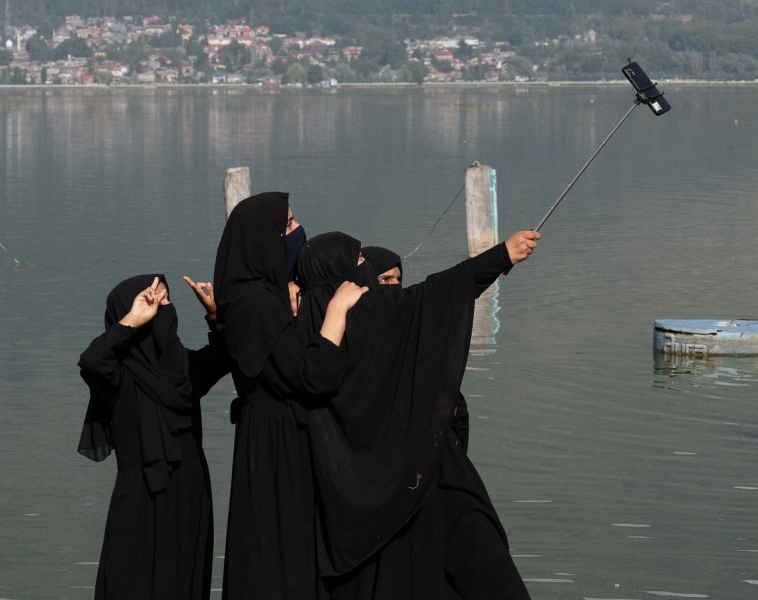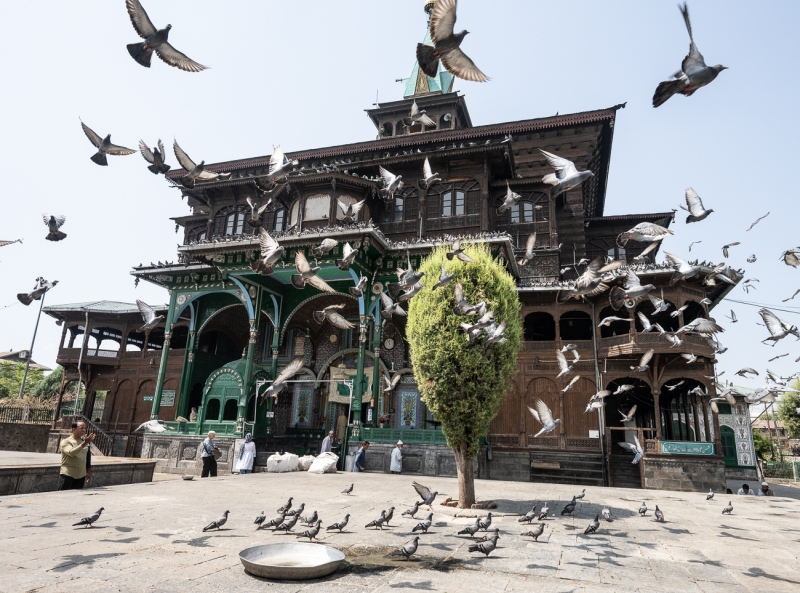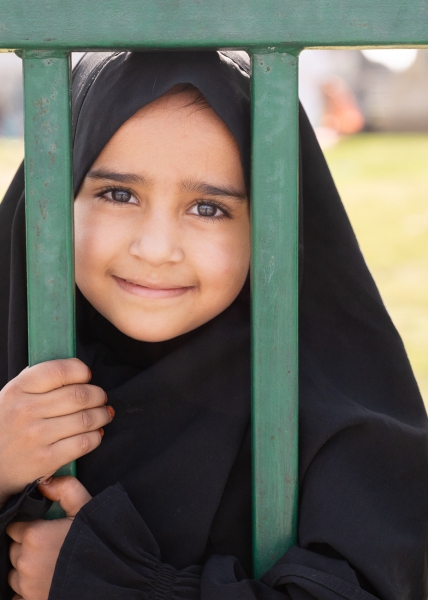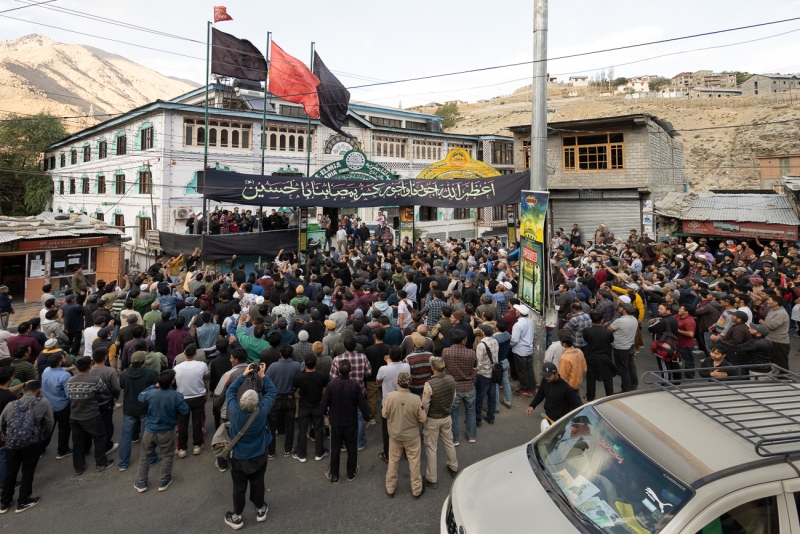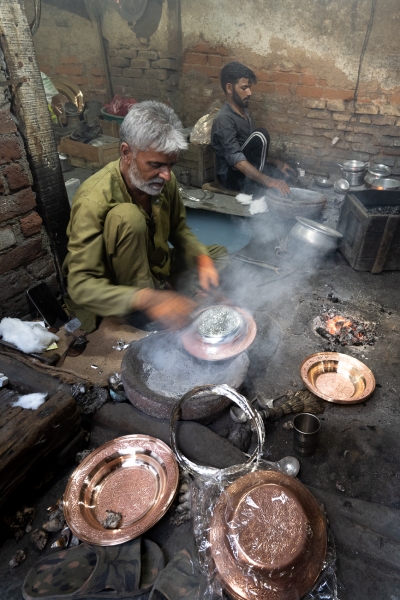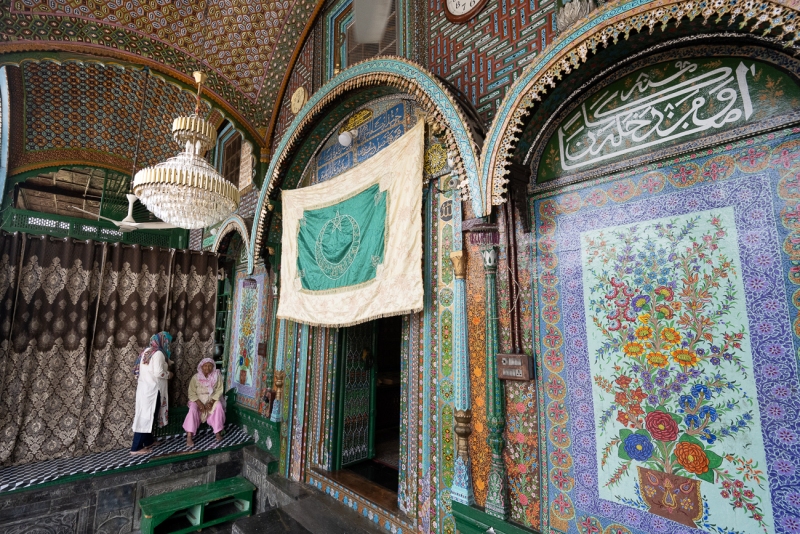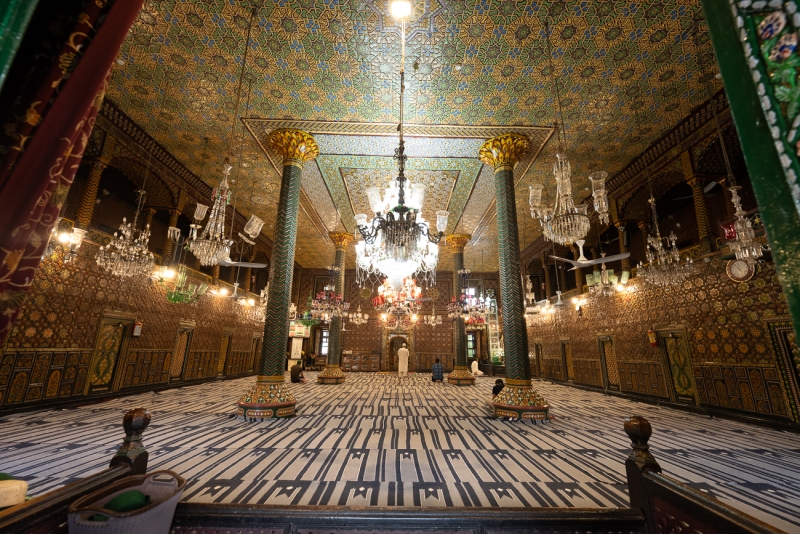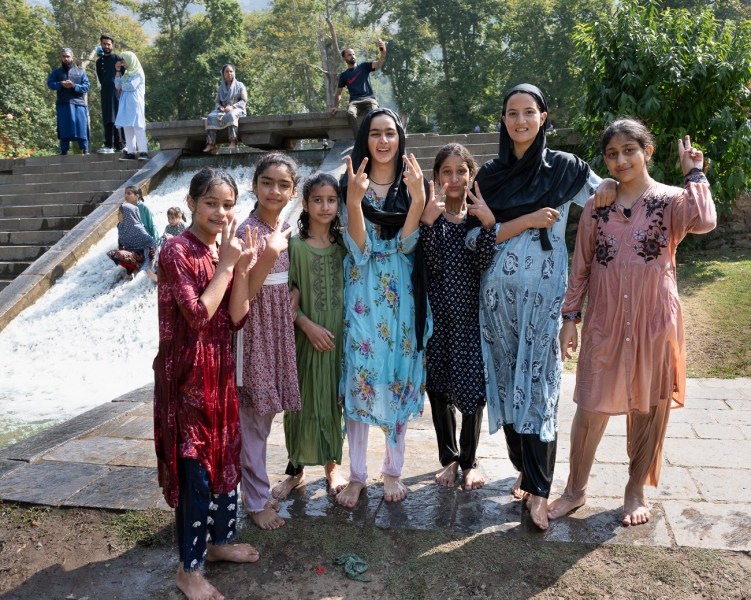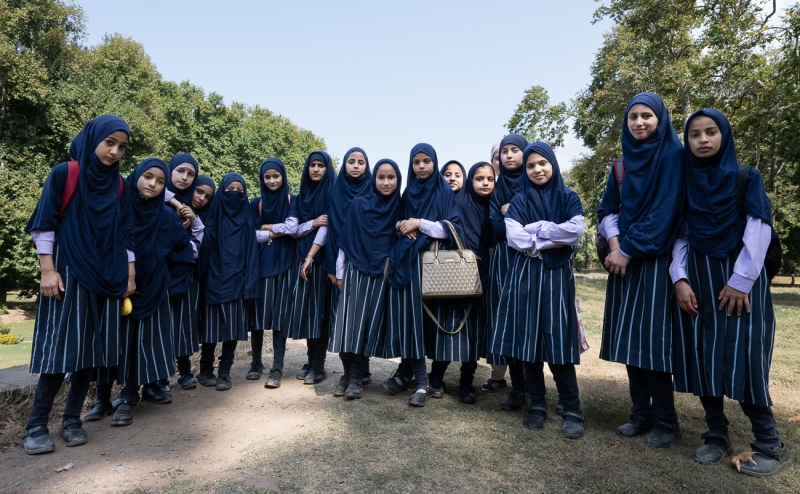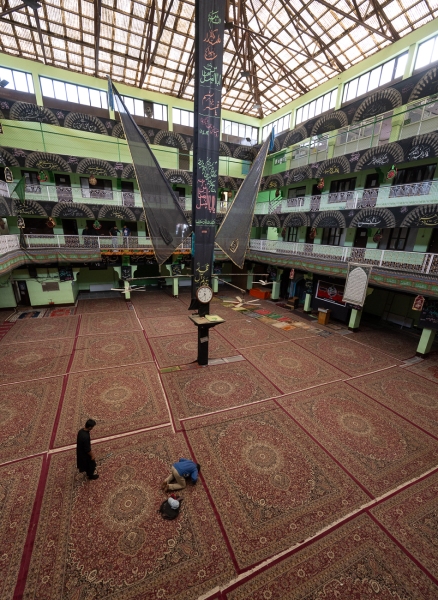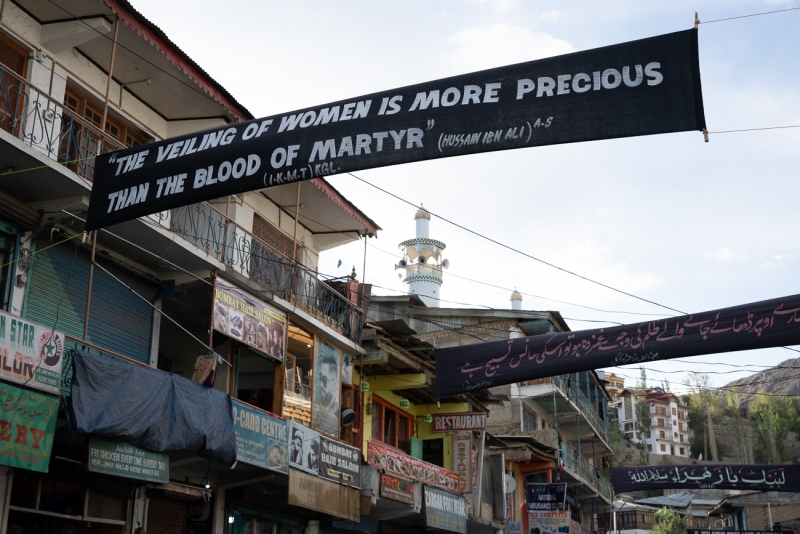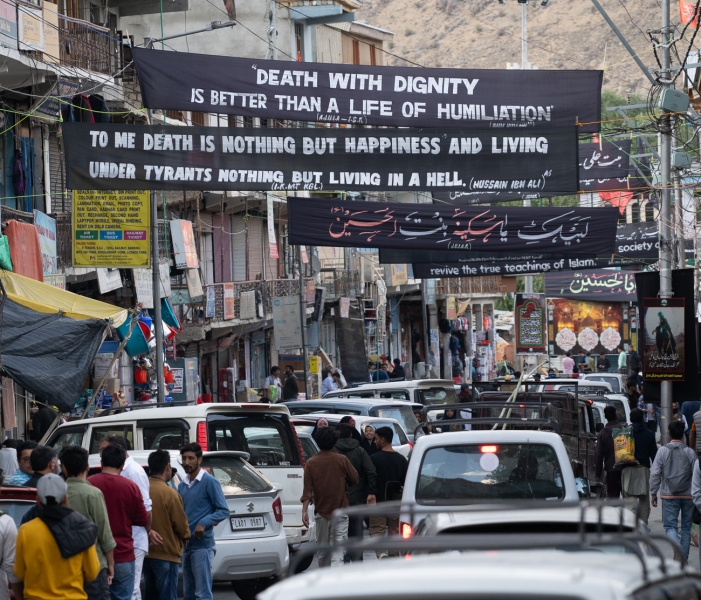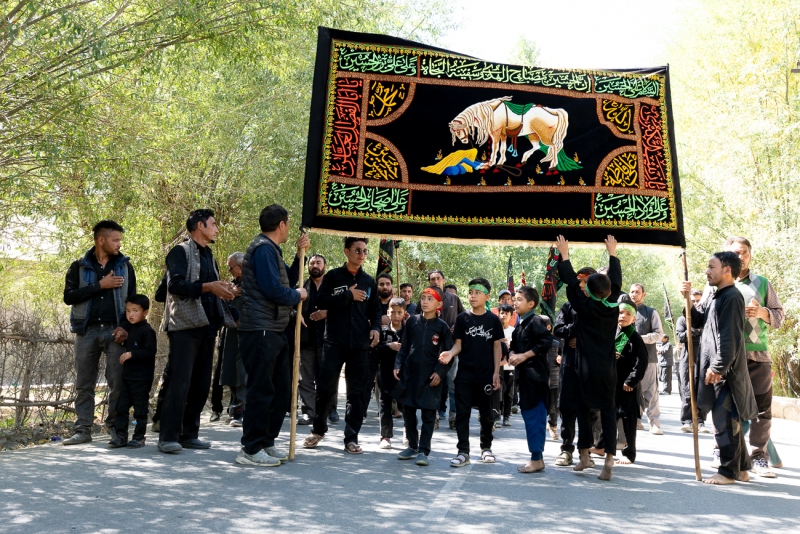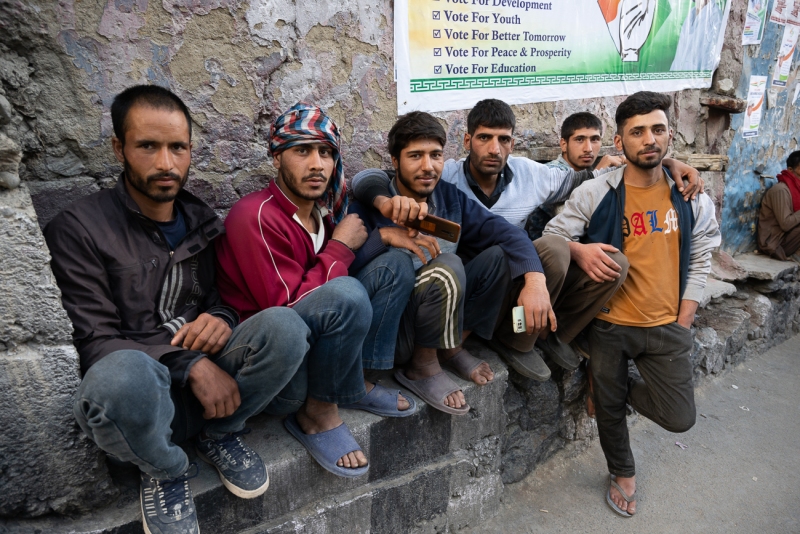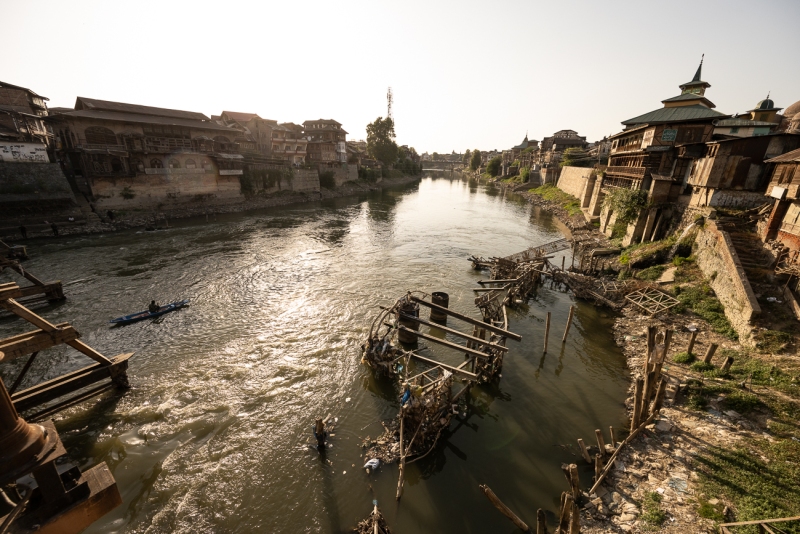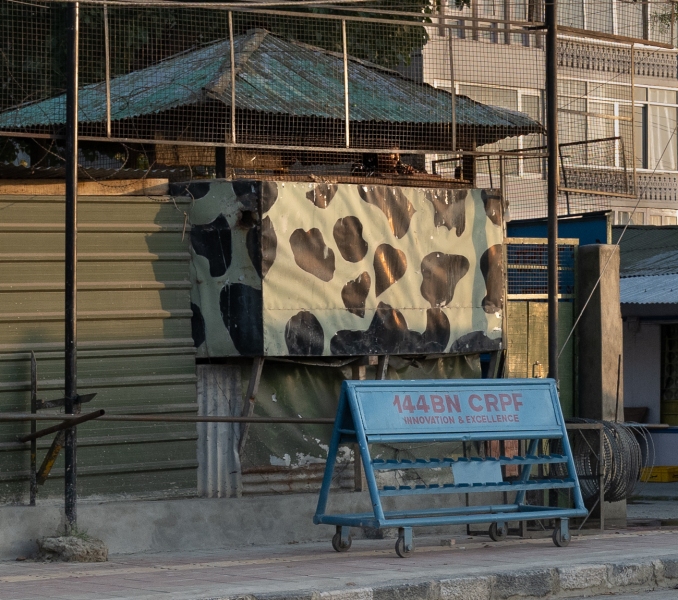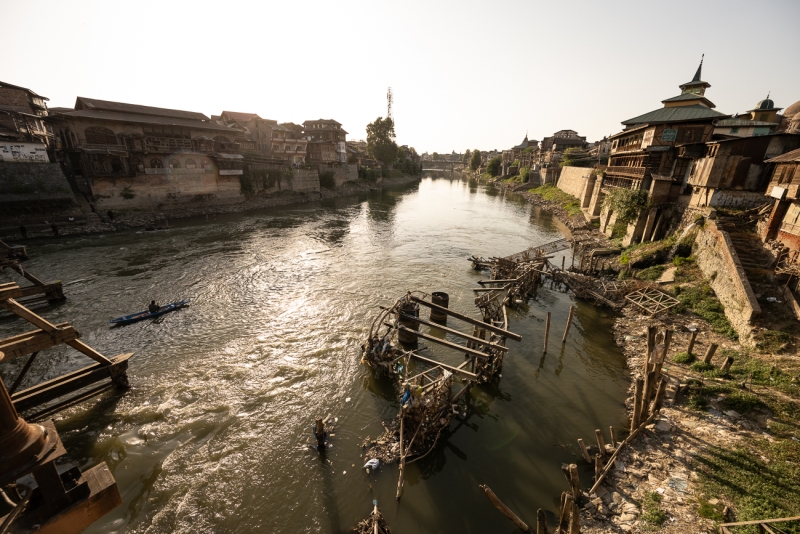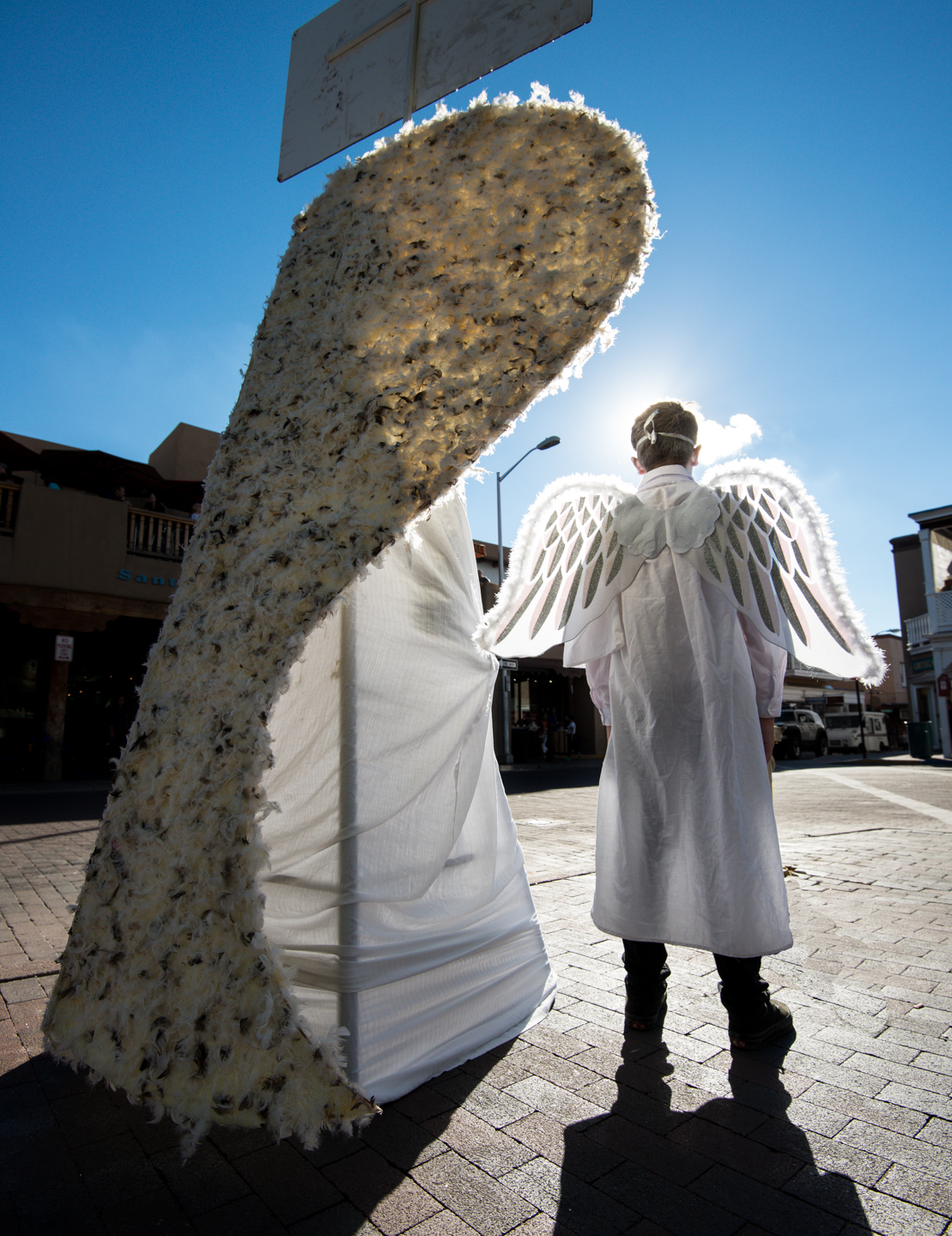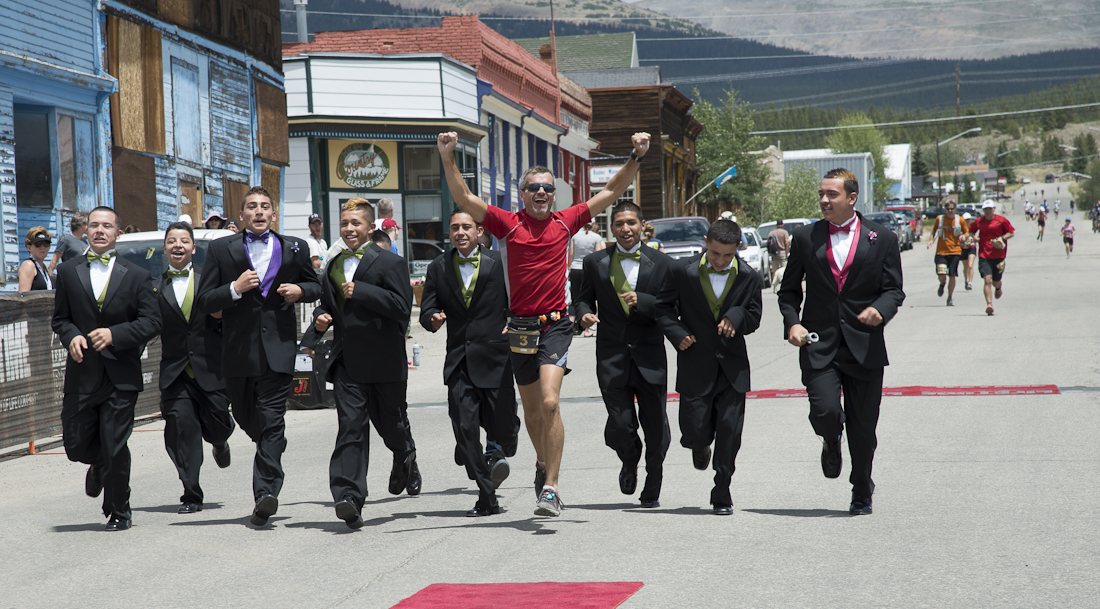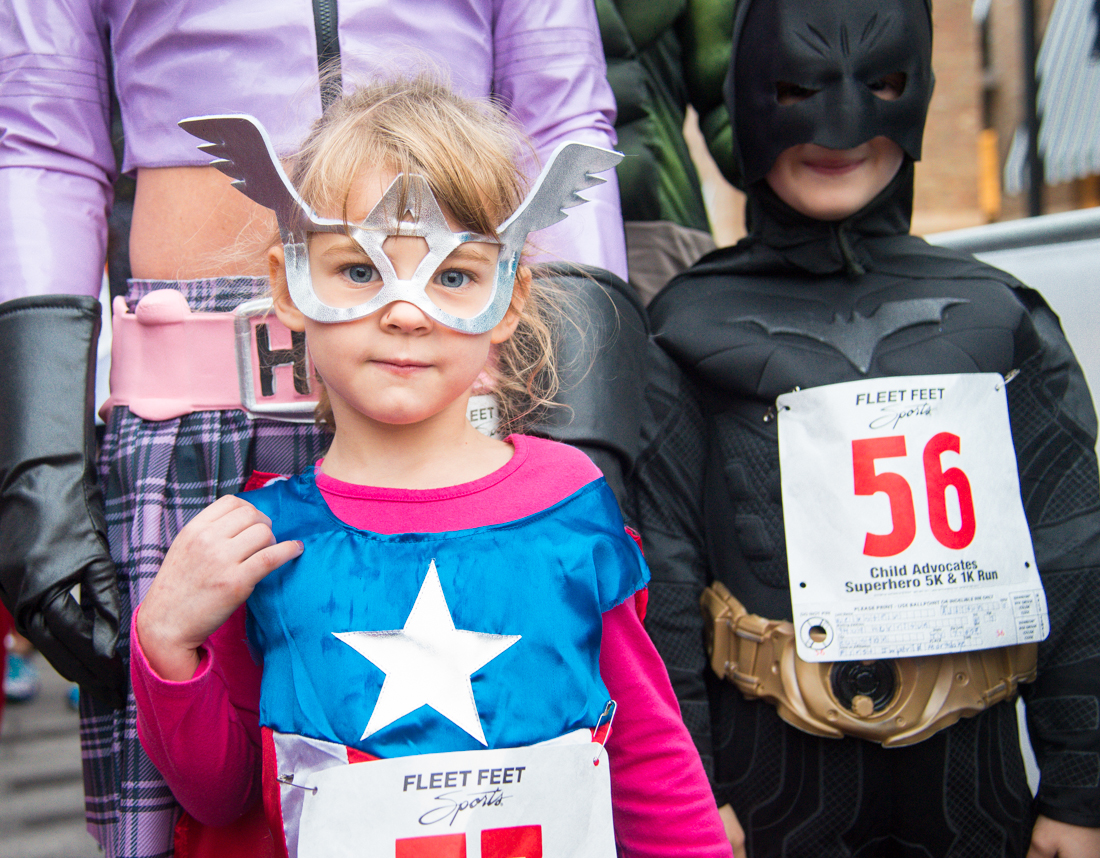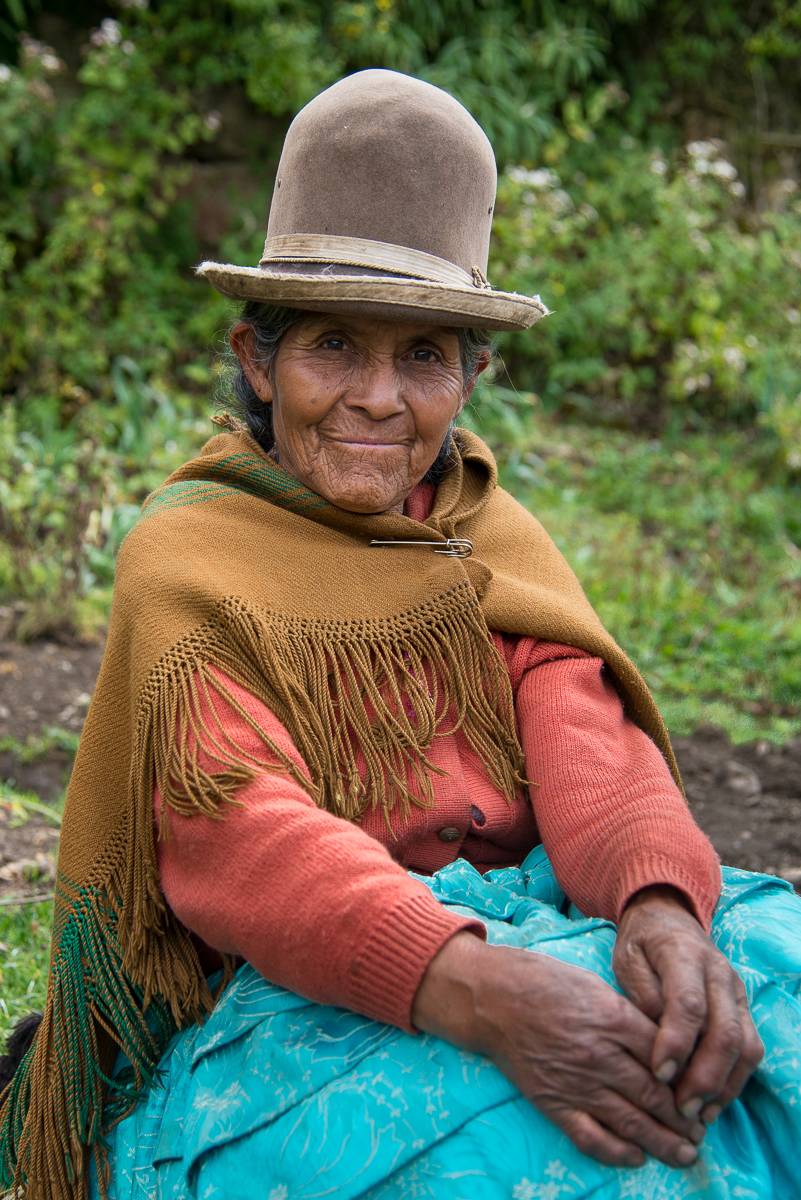I’d planned a trip to Kashmir in 2016, but local political “unrest” (with daily stonings on the streets of Srinigar, and a governmental no-travel order) sent us elsewhere. Kashmir is far-north India, at the Pakistani border — the one mostly-muslim region in mostly-Hindu India. India and Pakistan have been fighting over the region for 70+ years. Even Google Maps just shows a bunch of dotted lines for the disputed borders. The population’s loyalties are split, too.
Because of all that tension, the area is patrolled by thousands of police and military troops. Indian “National Guard”-like troops are EVERYWHERE: driving through Srinigar, you’ll see a pod of these camouflage-wearing machine-gun-toting troops every minute or two. We were advised not to talk to them or photograph them. Those 2016 stonings were local teens (likely prodded by Pakistani separatists) throwing rocks at those heavily-armed Indian troops in the streets. Not a good scene. Happily, that’s all calmed down (for now), so I had no qualms about visiting.
Much of the area’s culture is shaped by its muslim population. We visited multiple mosques (some stunning; some not; most not allowing photos inside). In Kargil, we saw part of the Ashura rituals (where they mourn and symbolically punish themselves over the death of Muhammad’s grandson Hussein (in the year 680) – an event that largely gave rise to the split between Sunnis and Shias. The big crowd and the black banners were from those somber events.
